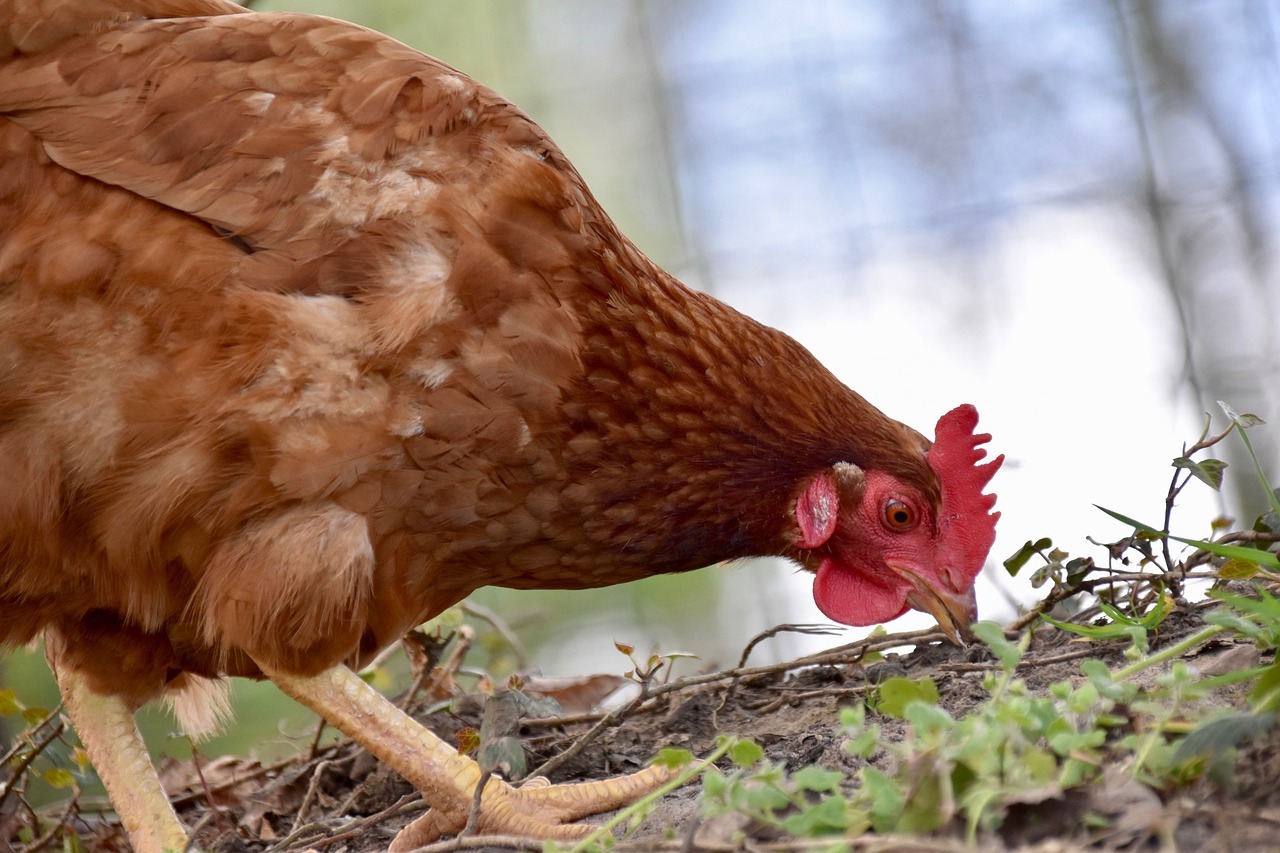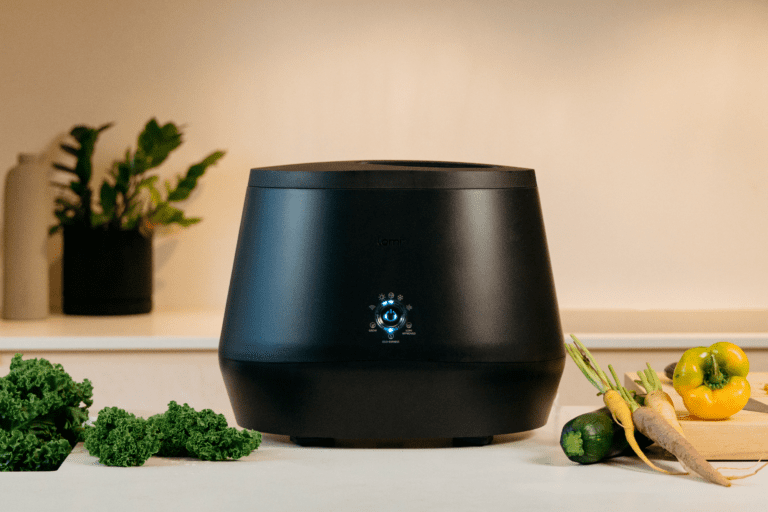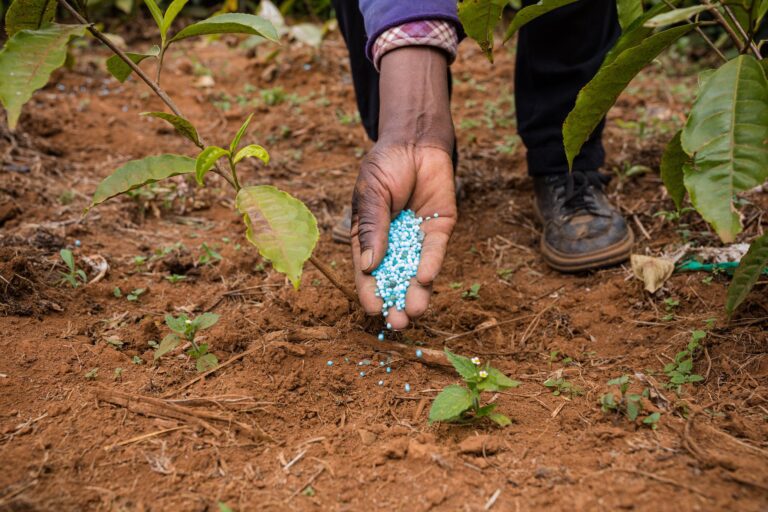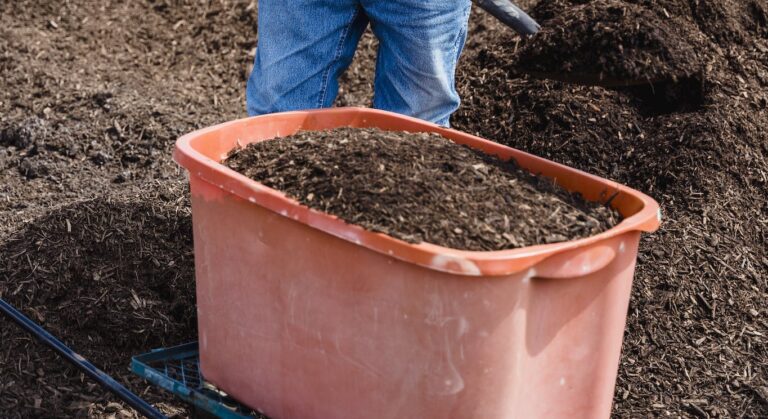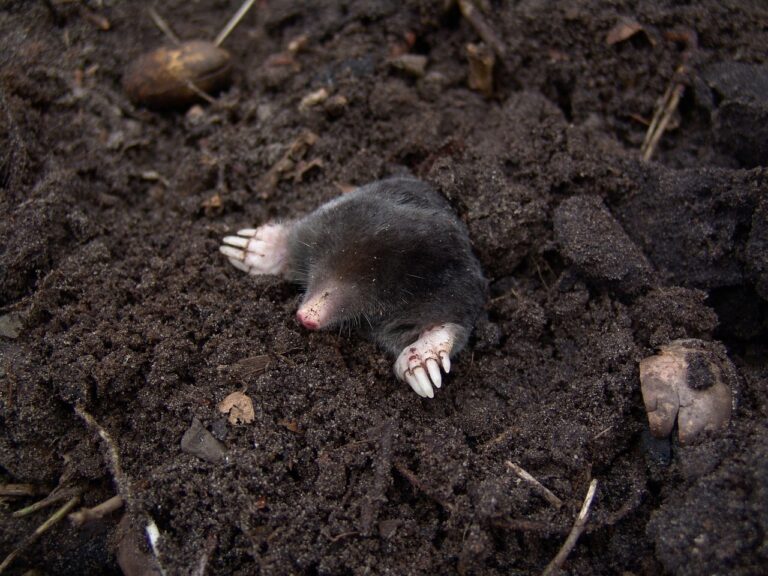Did you know that the average hen molts once a year, usually during the fall season? This natural process, although necessary for the hen’s health, can have a significant impact on her egg production.
You may be wondering how molting affects your hen’s ability to lay eggs and what you can do to support her during this time. Well, in this discussion, we will explore the fascinating relationship between molting and egg production, uncover the factors that influence egg laying during molting, and provide you with practical tips to manage egg production during this period.
So, let’s dive in and discover how molting affects your hen’s egg production!
Understanding Molting and Egg Production
Understanding molting and egg production is crucial for poultry farmers to maintain optimal hen health and maximize egg yield.
Molting is a natural process in which hens shed their old feathers and grow new ones. It’s essential for their overall well-being and plays a significant role in their egg production.
During the molting process, hens divert their energy from egg production to feather growth. This can result in a temporary decrease in egg production or even a complete halt. It’s important to understand that molting is a necessary phase for hens to replenish their feathers and restore their body condition. Farmers should provide a suitable environment and proper nutrition to support their hens during this period.
Egg production is influenced by various factors, including genetics, nutrition, lighting, and stress levels. Understanding these factors can help farmers optimize their hens’ egg yield.
Providing a well-balanced diet with adequate protein, vitamins, and minerals is essential for healthy egg production. Controlling lighting conditions, such as ensuring a consistent day length, can also positively impact egg production.
Additionally, managing stress levels and maintaining a clean and comfortable environment for the hens can contribute to their overall health and productivity. Regular health check-ups and preventive measures against diseases are also crucial for maintaining optimal hen health.
The Molting Process in Hens
Hens undergo the molting process periodically to shed old feathers and grow new ones. Molting is a natural and necessary process for hens, and it typically occurs once a year. The timing of molting can vary depending on factors such as breed, age, and environmental conditions. During molting, hens will stop laying eggs temporarily as their body redirects its energy towards feather growth.
The molting process can be divided into three stages: pre-molt, molt, and post-molt. In the pre-molt stage, hens will gradually decrease their egg production and start losing feathers. This stage can last for a few weeks. The molt stage is when the actual shedding and regrowth of feathers take place. It usually lasts for about 4-6 weeks. During this time, hens may appear naked or partially feathered. Finally, in the post-molt stage, hens will begin to regrow their feathers, and their egg production will gradually increase.
It is important to provide proper nutrition and care during the molting process to support the hens’ health and feather regrowth. A balanced diet rich in protein, vitamins, and minerals will help hens recover more quickly and resume egg production. Additionally, providing a stress-free environment and adequate shelter will contribute to a smoother molting process for your hens.
Impact of Molting on Egg Laying
During molting, hens experience a temporary cessation of egg laying as their energy is redirected towards feather regrowth. This means that when your hens are going through molt, you should expect a decrease or even a complete halt in egg production. Molting is a natural process that occurs once a year, usually during the fall or early winter months. It’s essential for hens to molt as it allows them to replace their old and worn-out feathers with new ones. However, this process requires a significant amount of energy and resources from the hen’s body, which is why egg production takes a backseat during this time.
The impact of molting on egg laying can vary from hen to hen. Some hens may stop laying completely, while others may lay fewer eggs or produce eggs with irregular sizes and shapes. The duration of the molting process also plays a role in how long the decrease in egg production will last. Typically, molt can last from a few weeks up to a couple of months.
It’s important to note that once the molting process is complete, hens will gradually return to their regular egg laying routine. However, it may take some time for their bodies to fully recover and start producing eggs consistently again. Providing proper nutrition during molt, such as a high-quality feed with added protein, can help support feather regrowth and expedite the return to normal egg production.
Factors Influencing Egg Production During Molting
As hens go through molting, several factors can influence their egg production. One of the main factors is the age of the hen. Older hens tend to have a longer molting period, which can result in a longer interruption in egg production. Additionally, the breed of the hen plays a role in how quickly they resume laying eggs after molting. Some breeds are known to take longer to recover and start laying again compared to others.
Nutrition also plays a crucial role in egg production during molting. Hens require a balanced diet that’s rich in protein, vitamins, and minerals to support the growth of new feathers and maintain egg production. If hens don’t receive adequate nutrition during molting, it can lead to a prolonged molting period and a delay in egg production.
Environmental factors, such as lighting and temperature, can also impact egg production during molting. Hens require a consistent light cycle to stimulate egg production. Changes in lighting patterns or insufficient lighting can disrupt their egg-laying cycle. Similarly, extreme temperatures, whether hot or cold, can stress hens and affect their egg production.
Lastly, the overall health and stress levels of the hens can influence their egg production during molting. Hens that are in good health and experience minimal stress are more likely to resume egg production more quickly after molting compared to those that are unwell or under stress.
Managing Egg Production During Molting
To ensure optimal egg production during molting, it’s important to implement effective management strategies. During this period, hens experience a decline in egg production as their bodies redirect energy towards feather regeneration. However, with proper management, you can minimize the impact on egg production and support your flock through this natural process.
Firstly, provide your hens with a nutritionally balanced diet. Molting requires extra nutrients, particularly protein, to support feather growth. Increase the protein content of their feed to around 18-20% and ensure they’ve access to fresh water at all times. Adding supplements such as vitamins and minerals can also help support their overall health and egg production.
Secondly, consider implementing a lighting regime. Maintaining a consistent light schedule can help regulate your hens’ egg production during molting. Gradually reduce the hours of light to simulate the changing season and signal to your hens that it’s time to molt. Once they’ve completed the molt, gradually increase the hours of light to encourage them to resume laying eggs.
Lastly, provide your hens with a stress-free environment. Molting can be a stressful time for them, so minimize disturbances and provide plenty of space for them to move around. Ensure their housing is clean, well-ventilated, and free from drafts. Adequate ventilation is important to prevent respiratory issues that can further impact egg production.
Conclusion
Overall, understanding how molting affects your hen’s egg production is crucial for managing their egg-laying process.
Molting is a natural phase where hens shed their old feathers and grow new ones, which can temporarily disrupt their egg production.
However, by providing proper nutrition, lighting, and minimizing stress during this period, you can help support your hens and ensure a smooth transition back to regular egg production.
By effectively managing egg production during molting, you can maintain a healthy and productive flock.
